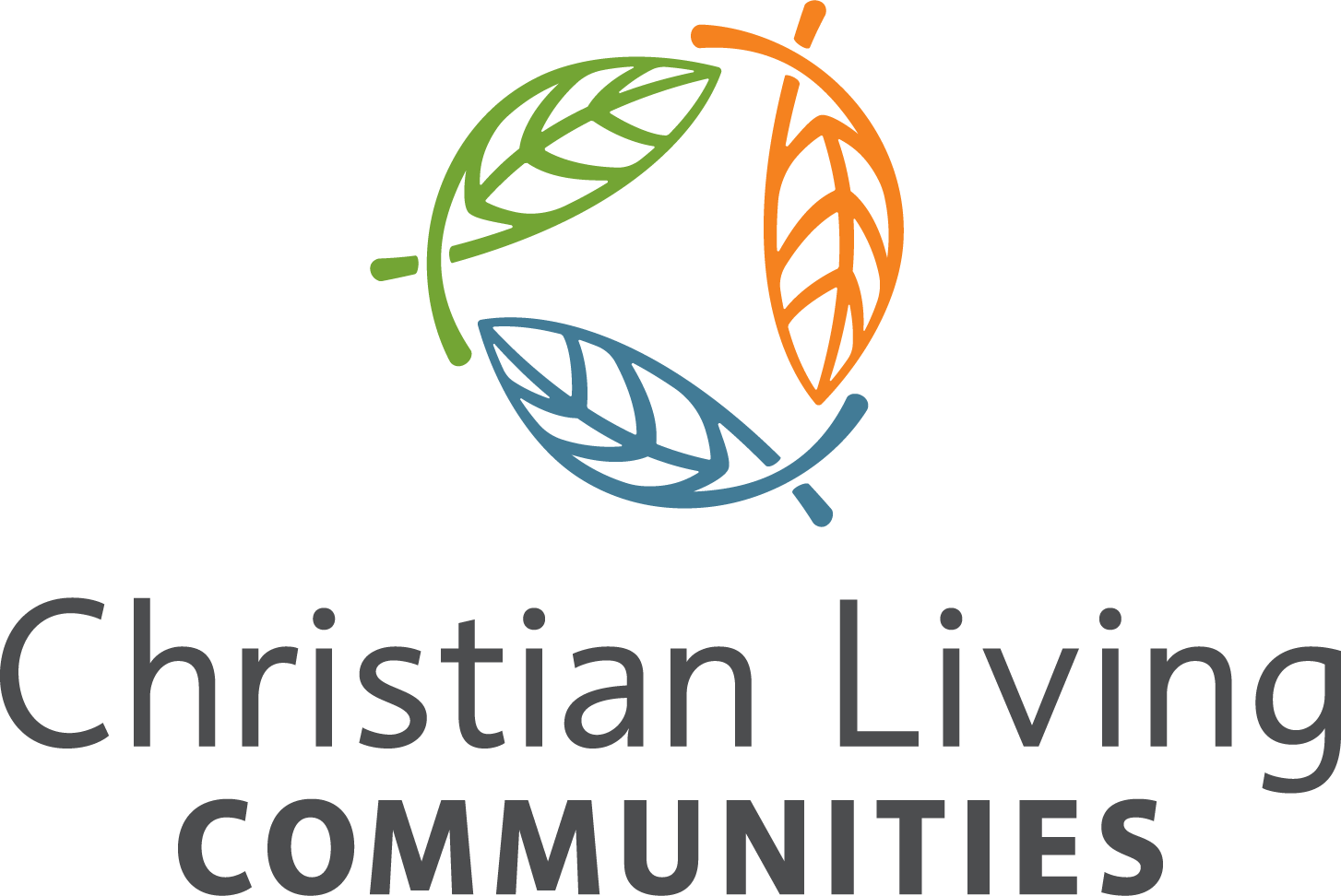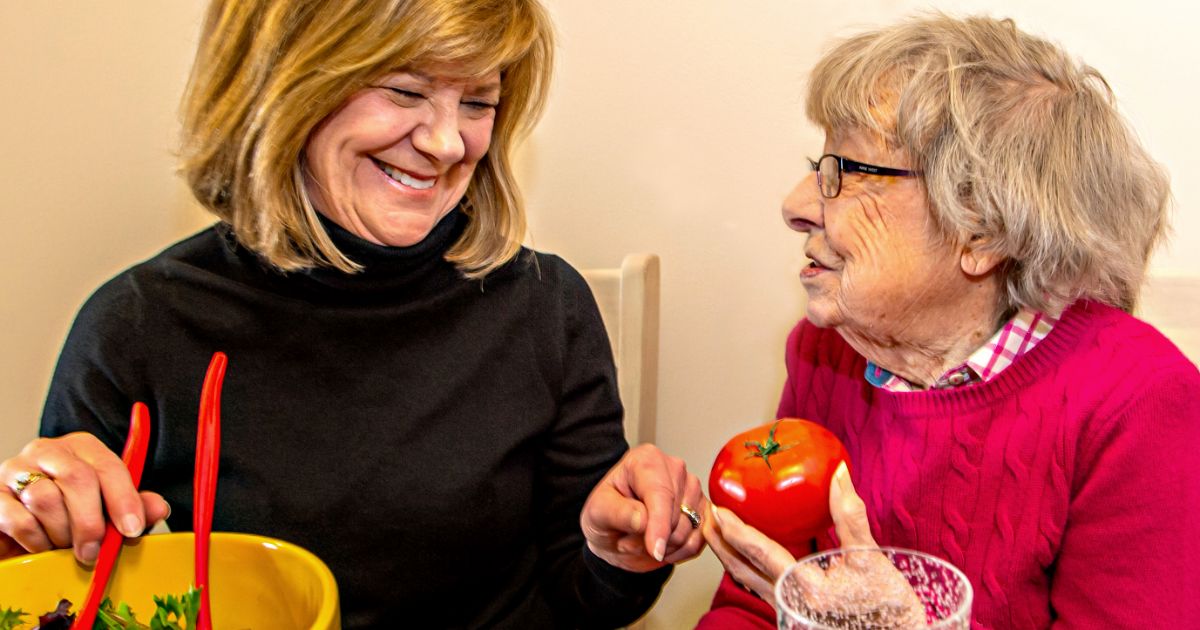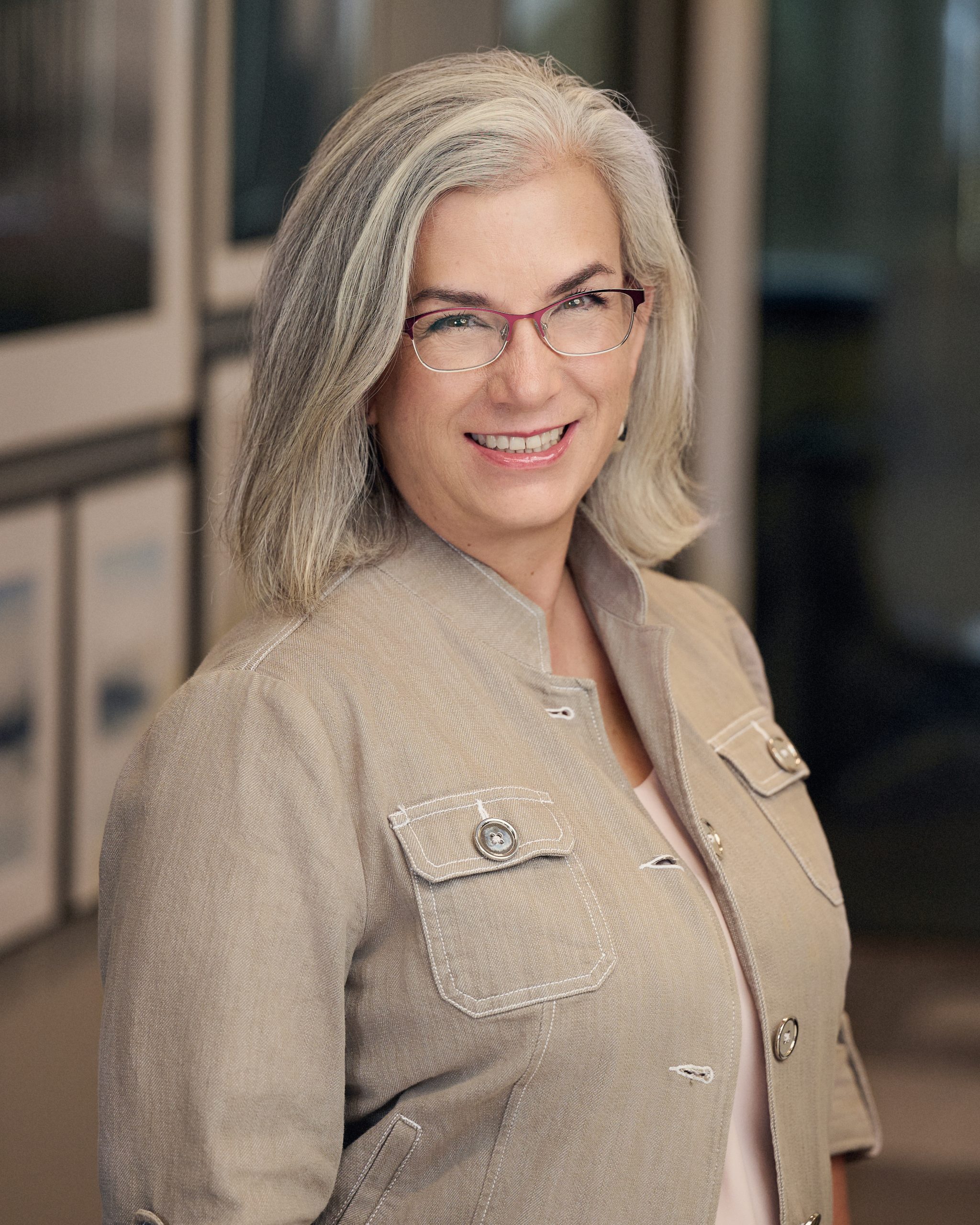“There are four kinds of people in the world: Those who have been caregivers; those who currently are caregivers; those who will be caregivers; those who will need caregivers.” – Rosalyn Carter, Former First Lady
Caring for a loved one is filled with joys and sometimes sorrows as putting another person’s needs ahead of your own can become overwhelming or draining at times. The inherent struggle is how to care for yourself while caring for others.
Finding the “caregiving balance” preserves cherished relationships, allows advocacy for self and a loved one, and results in a regret-free caregiving journey.
Recently, CLC President & CEO Jill Vitale-Aussem hosted a Facebook Live discussion with two women who shared their very personal stories and insights about their caregiving journeys.
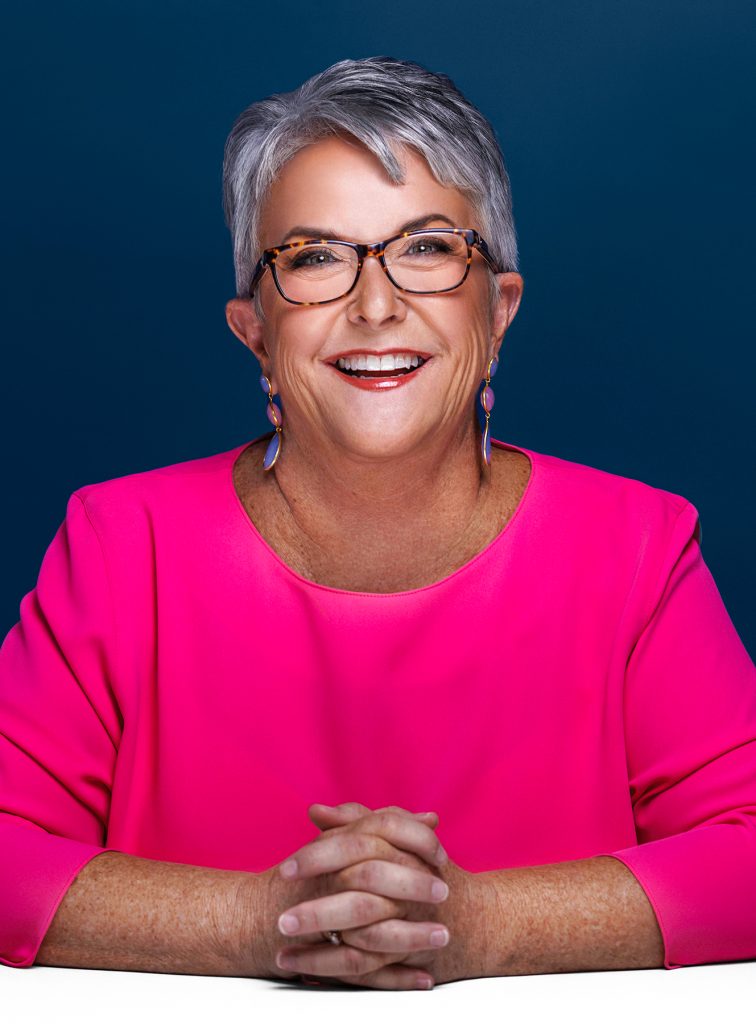
Mary Daniel gained national media attention when she took a job as a dishwasher at her husband’s memory support community to see him daily during the darkest days of the COVID-19 pandemic when federal regulations prohibited families from regular visitation in senior care communities. Mary is a caregiver advocate and founder of the Caregivers for Compromise Facebook group. You can also track her legislative work, to change those regulations, on her website at marysdaniel.com.
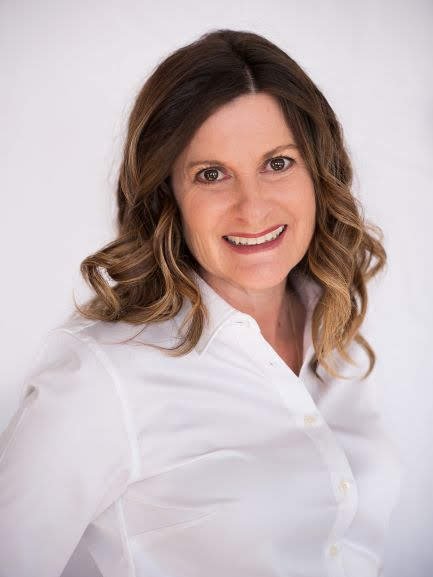
Cameron Crawford is the founder of the Aging Parent Tribe Facebook group and owner of the Next Steps Senior Placement service, www.nextstepssenior.com. In our discussion, she shares insights on providing care for her mom as well as the stories she has heard from countless others trying to find the balance.
Watch the event recording below:
An important recommendation made during the discussion is to “take your temperature” to gauge your stress level and personal well-being while being a caregiver. Many times, caregivers simply do not know they are in crisis, because they are so busy “doing” and caring for others.
Take Your Own Temperature - Assess Yourself for Caregiver Stress & Burnout
- Feeling burdened or worried all the time
- Feeling tired often
- Sleeping too much or not enough
- Changes in weight, gaining or losing
- Becoming easily angered
- Frequent headaches, other pains, or increased health problems
- Feeling sad, isolated, or alone
- Feeling guilty
Once you’ve identified your level of stress, it’s important to take steps to prevent burnout. Doing so is not a “one size fits all” solution. Self-care is personal, seeking suggestions, reading articles is a good idea, but understand stress-release for you could be as simple as an extra five minutes in a hot shower.
Moving from Surviving to Thriving as a Caregiver
- Understand and then do YOUR self-care (it's different for each person)
- Find an outlet to talk about your experiences, emotions
- Ask for help with daily chores
- Give yourself permission to find another solution
Being a caregiver is sacred work. It is rewarding. It is hard. It doesn’t need to come at the price of the caregiver’s well-being. It is not just part of the “gig” as a child, spouse, or friend.
If possible, before beginning the caregiver journey, establish your non-negotiable limits. This will help you for what could be a long journey and gives you a mutual understanding of when it is time to make a change in the caregiving arrangement. Establishing your limits and sharing them will help alleviate any a sense of guilt and will help you gauge when help or another arrangement is needed.
One of the best pieces of advice Mary Daniel shared with her caregiving experience is to remember that each day, you are making the best possible decision you can make for that day. You also have to understand that grief is an important part of the caregiving journey. Life for your loved one, and you, is forever changing.
About the Author
Pam Sullivan, Vice-President of Strategy and Communications, joined the team in 2004 in the Donor Relations department. Since then, she has held various positions include Donor Relations Director, Executive Director of Marketing and Vice-President of Engagement. Pam is responsible for internal and external communications, branding and brand messaging, crisis communication and guiding and supporting strategic initiatives.
